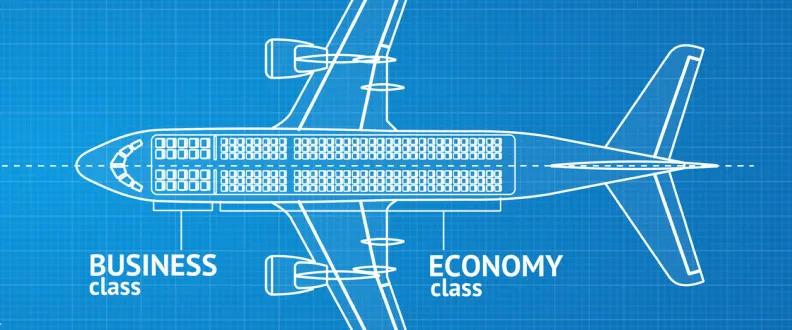Emirates Redirects Expansion Efforts
Emirates Airlines is strategically redirecting its growth efforts toward international markets with fewer regulatory constraints, as it faces longstanding limitations in India.
Despite the robust demand for air travel between India and the UAE, Emirates has reached the cap of 66,504 weekly seats permitted under the current bilateral agreement, a limit that has remained unchanged for over a decade.
Emirates President Sir Tim Clark has emphasized that the existing capacity is insufficient to meet the surging demand, with reports indicating that for every available seat, there are approximately ten interested passengers.
Efforts by Emirates to negotiate expanded flying rights have encountered resistance from Indian authorities and domestic carriers like IndiGo and Air India. These local airlines advocate for protecting national interests and expanding their international operations, leading to a stalemate in increasing Emirates' access to the Indian market.
In response to these challenges, Emirates is channeling its expansion into markets with more favorable regulatory environments. Notably, the airline has experienced significant growth in Australia, with a 17.6% year-over-year increase in seat capacity.
Additionally, Emirates is expanding its presence in Asia by launching new routes to cities such as Shenzhen, Da Nang, and Siem Reap, thereby strengthening its network across the Asia-Pacific region.
While Emirates continues to advocate for more liberalized air service agreements with India, its current focus is on optimizing growth in markets where regulatory conditions are more conducive. This strategic pivot underscores Emirates' adaptability in navigating complex international aviation policies and its commitment to maintaining a strong global presence.


